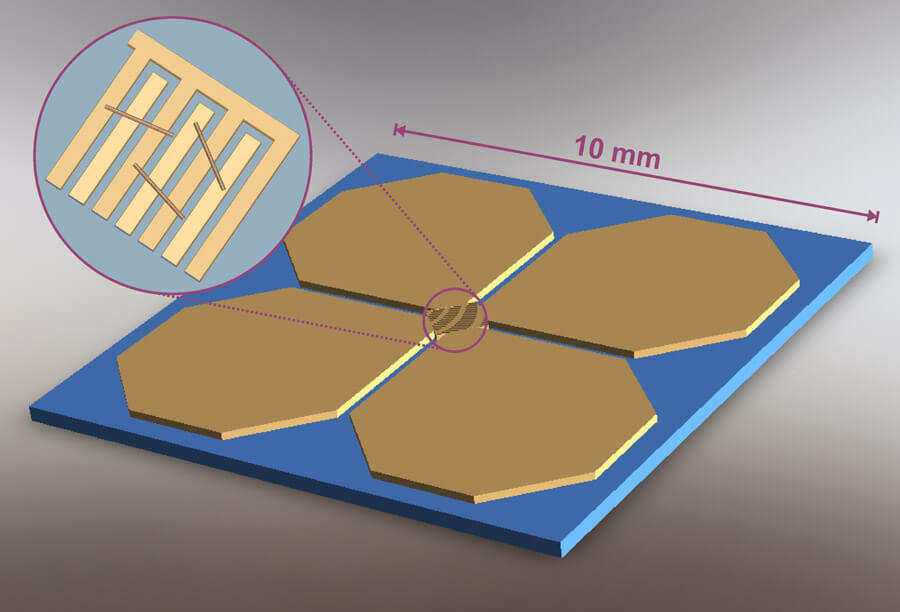To date, the explosive compound PETN has only been detectable by collecting a sample and testing it with a spectrometer. However, since conducting such tests requires considerable effort and investment of time

Scientists have succeeded in developing a highly sensitive sensor for detecting explosives capable of detecting extremely small amounts of a chemical compound used as a powerful explosive known as pentaerythritol tetranitrate (PETN). Terrorists have used this material in several terrorist attacks on passenger planes.
To date, the explosive compound PETN has only been detectable by collecting a sample and testing it with a spectrometer. However, since conducting such tests requires considerable effort and investment of time, it is conducted at airports as a sample test only. Scanning devices found at airports, and dogs specially trained to smell and locate explosives, have difficulty locating this substance, since this compound has little volatility that emits a small number of molecules into the surrounding air. Moreover, PETN is an extremely powerful explosive - only a few grams are required to completely destroy an ordinary passenger car. Thanks to these properties, the use of this material has become particularly common among terrorists. This explosive material was found in explosive packages intended to blow up cargo planes last year in the USA and was also used by a terrorist in his attempt to blow up a passenger plane in 2009.
Scientists from the University of Darmstadt in Germany have recently developed a nano-sensor capable of detecting a single molecule of the substance PETN out of ten billion air molecules. One of the researchers explains the mechanism of the sensor's activity: "As soon as the PETN molecule enters the nanotube of the sensor, the nitro groups characteristic of the molecule bind to its surface and change its electrical conductivity, and this change can be detected using electronic equipment."
In order to detect the substance PETN using the new sensor, all that is required is to pass air from the environment through the sensor. One of the researchers adds and says: "One of the options would be to equip the regular metal detectors and the scanning devices used at airport checkpoints with the innovative sensor and the device that injects air into it." This approach could enable a secret inspection of the passengers and their luggage for the detection of explosives without wasting a lot of time in the inspection process. "However, another possibility would be to operate a manual device similar to a desktop vacuum cleaner that could enable the inspection of individual passengers." Since the sensors are extremely small and cheap to manufacture, they can also be used in sporting events and other types of security checks.
